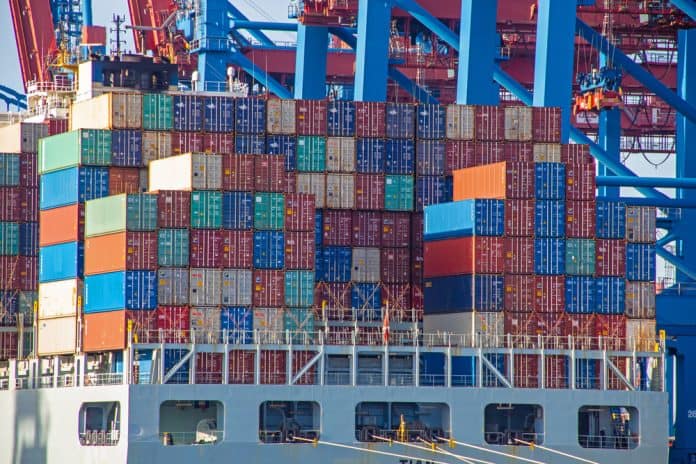The U.S., being the largest consumption driven economy in the world, relies heavily on its imports.
With COVID-19, while the shipping industry was very concerned about spending slowing down, we ended up with a surge of volume that continues as of today. Just to give an idea how significant was this import surge, I would like to give two figures:
- In Q1 2021, containerized imports from Asia to the U.S. increased by 24.5% when you compare that with Q1 2019. And by the way, 2019 was not a bad year at all.
- Retailers’ inventories against sales ratio has shrunk from an average of 1.45 down to 1.08. Basically, what it means is that U.S. retailers were relying on a half month of inventory in a regular year, since covid they have only average of 2.4 days of inventory.

With this unexpected surge, we saw significant delays throughout the supply chain.
Space and equipment problems, congestion in transshipment and at final ports, trucking and chassis shortages, and rail problems all became part of the daily issues we face in the shipping industry.
While importers are experiencing these issues, U.S. exporters have also been experiencing difficult times based on the commodity they export and geographical location they are located in.
First, all this craziness worked for certain product producers in the U.S. That’s because, with a $20,000 – $25,000 per container cost and all the challenges to bring in an import container, U.S. importers turned their face for domestic supply. For certain industries, exporters turn around and started to sell domestically rather than internationally.
Unfortunately, many exporters cannot really sell domestically.
They must continue to export, but it is not that easy anymore. Based on where shippers are located and where they want to sell, they had started to be faced with their own challenges.
For example, if exporters are shipping to Asia from anywhere in the U.S., some of ocean carriers stopped releasing bookings because it is economically more advantageous for them to ship those containers empty. I think it is important to point out the fact that to ship a 40-foot container to Asia from the U.S. East Coast is 20 times cheaper than bringing it from Asia. So, time is really money.
If shippers are located in California, they are even in bigger trouble because in Los Angeles, 35-40 vessels are waiting to berth with 8-10 day delays, and efficiency is below the benchmarks. On top of that, as of this month, we are seeing congestion charges starting to be applied for U.S. exports, nearly five times more than port-to-port freight rates. Additionally, in Oakland, there are a significant number of vessels that are omitting since otherwise, it becomes extremely difficult for carriers to turn those vessels around to their scheduled service slings.
If shippers are shipping through rail, rail hubs are going through congestion both at the origin of the rail and/or at the port of loading. On the other hand, since there are a smaller number of truckers, chassis and equipment at those rail yards, problems like these can pile up very fast and may not get normalized for months.
Lastly, if shippers are shipping from U.S. East Coast ports, vessel/terminal schedules and loading windows have shrunk so much. For some shippers, the first day of the container pick up also became the cutoff date and just like this was not enough, this information will be provided to them on that same morning (at the last minute.)
So, we are going through very difficult times in the U.S. export market because of the situation triggered by the import market.
Considering the imports are expected to stay this way at least until end of first quarter (or 2nd half of 2022), it is important to have options. It is important to diversify, and it is important to be transparent with your vendors and customers.




